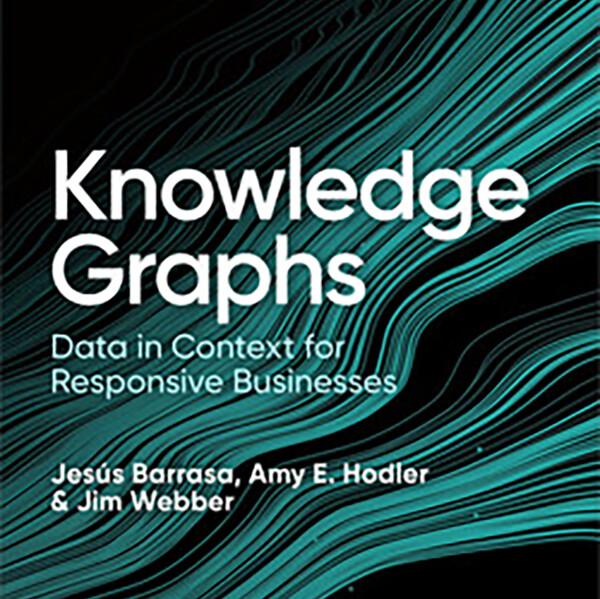Gemini Data’s resident data scientist and bioinformatician Sixing Huang dives into the new book by Jesús Barrasa, Amy E. Hodler, and Jim Webber, Knowledge Graphs: Data in Context for Responsive Businesses:
"Within merely 79 pages, the authors have covered the key aspects of KG, including the definition, construction, types, and its roles in contextual AI and business digital twins. Both technical and non-technical readers can enjoy the book because it focuses on the core concepts and spares us the programming details. In this article, I would like to share some of my learnings."
Knowledge Graphs has three main sections:
- Taxonomy and ontology. The book addresses the potential of enhancing property graph models by adding taxonomy, which helps organize nodes in a broader-narrower hierarchy.
- Taking action and making decisions. By classifying knowledge graphs into two types – “actioning,” which is used for data management, and “decisioning” which are used for analytics and data science.
- Digital twin. The authors outline the role of knowledge graphs in creating digital twins, virtual models of real-world problems that can be used for analysis and forecasting.
The authors stress the importance of practical experience in mastering knowledge graphs and mention the availability of many practical articles on Medium to guide users in building and evaluating knowledge graphs.
Read Sixing Huang’s full review of Knowledge Graphs on Medium.

